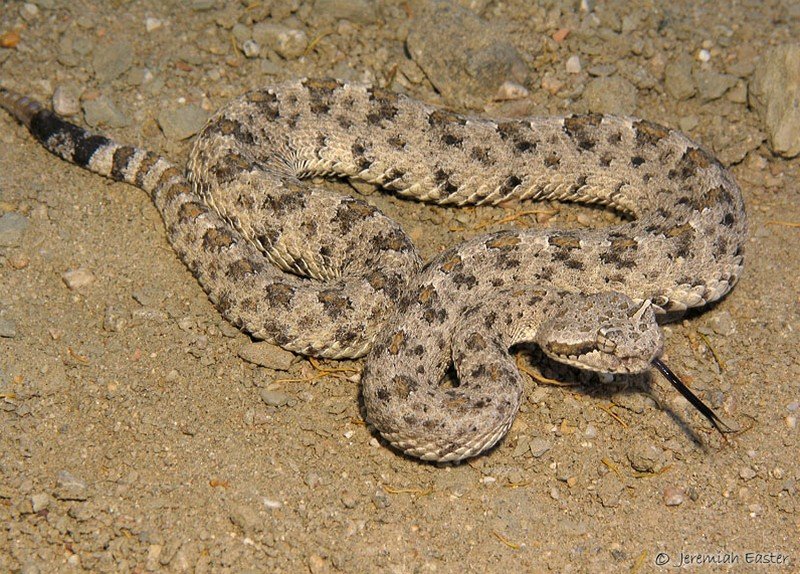1st level consumers are usualy herbnivorous insects(cricket), reptiles(Sonoran desert tortoise), birds(Costa's hummingbird)and mammals( desert cottontail).
2nd level consumers are carnivorous reptiles(gila monster), arachnids(scorpion), insects(tarantula hawk wasp), mammals(coyote), and birds(red-tail hawk).
3rd level consumers are creatures that have no compunction about eating other canivores, suchas coyotes, hawks, and mountain lions.
Scavengers are creatures that are willing to or prfer to eat the dead. These include coyotes and vultures.


